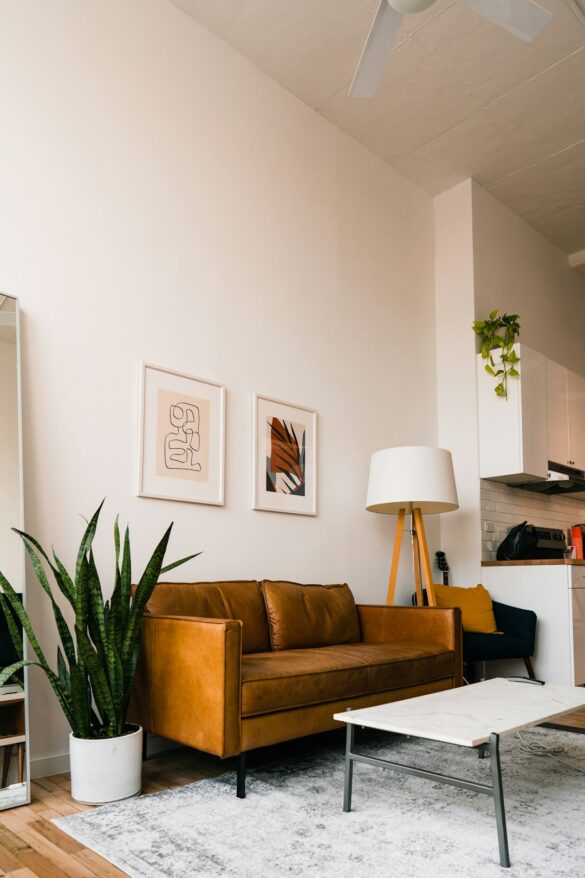The Art of Mixing and Matching Furniture Styles
When it comes to decorating your home, one of the most important aspects is choosing the right furniture. However, sticking to a single style can sometimes leave your space feeling stagnant and lackluster. That’s where the art of mixing and matching furniture styles comes in. By seamlessly blending different styles, you can create a unique and personalized look that reflects your personality and adds character to your home.
Mixing and matching furniture doesn’t mean randomly throwing pieces together; it requires careful consideration and attention to detail. Here are some tips to help you master the art of mixing and matching furniture styles:
1. Start with a Neutral Base: Begin by selecting a neutral base color scheme for your space. This provides a cohesive backdrop for your furniture pieces and allows the different styles to shine. Neutral tones such as whites, grays, and beiges create a timeless and elegant foundation that can work well with any style.
2. Choose a Dominant Style: Select one dominant style as the anchor for your space. Whether it’s contemporary, mid-century, traditional, or rustic, this style will serve as the foundation around which you can mix and match other styles. This will give your space a sense of balance and prevent it from looking chaotic.
3. Find Common Ties: Look for common elements or characteristics that tie different furniture pieces together. It could be a shared material, color, or shape. For example, you can pair a contemporary sofa with traditional accent chairs by choosing fabrics that share similar colors or patterns. This creates a cohesive look while still allowing each piece to shine in its own way.
4. Play with Contrasts: Mixing and matching furniture styles is also about embracing contrasts. Contrast can be achieved through the combination of different styles, colors, or textures. For instance, you can pair a sleek modern coffee table with a vintage-inspired velvet sofa. This contrast creates visual interest and adds depth to your space.
5. Use Accessories to Tie it Together: Accessories such as pillows, throws, and rugs can play a crucial role in connecting different furniture styles. Introducing accessories that bring elements from one style to another helps bridge the gap and create a harmonious look. For example, adding a rug with colors that complement both your contemporary sofa and antique side table can create a unified feel.
6. Experiment and Be Bold: Don’t be afraid to think outside the box and take risks. Mixing and matching furniture styles is all about creating a unique and personalized space that reflects your individual taste. Experiment with different combinations and be bold with your choices. It’s these unexpected pairings that often result in the most exciting and visually appealing results.
Remember, there are no hard and fast rules when it comes to mixing and matching furniture styles. It’s a creative process that allows you to express your personality and design preferences. Trust your instincts and have fun with it. After all, your home should be a reflection of who you are and offer a space that you love to inhabit.
In conclusion, the art of mixing and matching furniture styles is an exciting way to create a unique and personalized home. By carefully selecting a neutral base, choosing a dominant style, finding common ties, embracing contrasts, using accessories, and being bold, you can achieve a harmonious and visually captivating space. So don’t be afraid to experiment and let your creativity flow as you curate a space that is truly yours.

